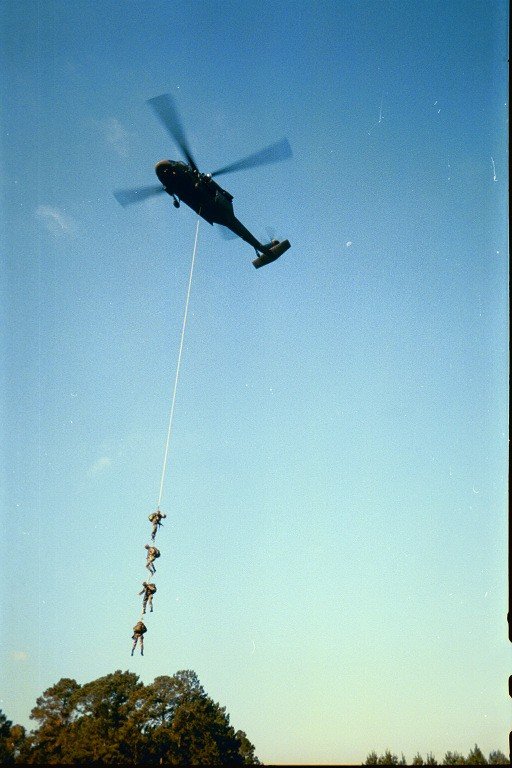Lottie's Legacy - What's it all about?
/I had a great time last Saturday talking to friends, old and new, about Tennessee Mountian Stories, and Lottie’s Legacy. I was asked many times, “What’s it about?” Well, that’s a good question, and I’d love to tell you.
Lottie’s Legacy is a story unlike my other books. It completes a Trilogy with Margaret’s Faith and Gracie’s Babies, following the lives and spiritual walks of a mother and her two daughters. Lottie Berai Ingle is Margaret’s younger daughter, but the book opens later in Lottie’s life. In fact, we immediately learn that Lottie will contend with a life-altering disability.
We talk a lot about physical and emotional disabilities today and that open dialogue has dispelled a lot of myth and stigma. Living with a disability now is vastly different that it was even fifty years ago. Today, we see men and women in wheelchairs living full and productive lives. People who battle emotional conditions have access to stabilizing and mind-clearing medications. These accomodations are relatively new.
Lottie’s Legacy is set in the 1920’s, some seventy years before the Americans with Disabilities Act would be signed into law. Did you see this article on The Stories last year about wheelchairs? It wasn’t until the 1930’s that they were commercially available and even then, there were no ramps on houses, stores or offices. Even if you could get a wheelchair, you still faced a social-stigma. President Franklin Roosevelt required either a wheelchair or leg braces, which he worked hard to hide from the American voters for fear these devices would cost him the White House.
While I don’t know what it would be like to live with a disability, I can imagine how I might react. I’m afraid I would spend way too much time feeling sorry for myself and focusing on all the stuff I could no longer do. And, that’s what we see Lottie begin doing.
But God…
Is that an amazing conjunction? We fail, but God… We doubt, but God…
Many (if not all) of us have times that we feel worthless. “What can I possibly do for The Lord?” As you read through Lottie’s Legacy, you walk with her through the process of yielding to God’s will and plans. You will see how God can use someone that seems unusable.
Maybe, you will even see how God has been wanting to use you!













